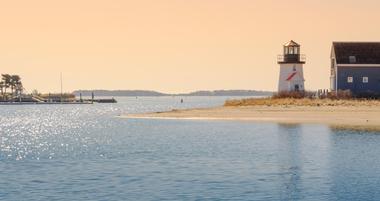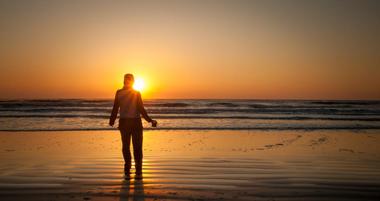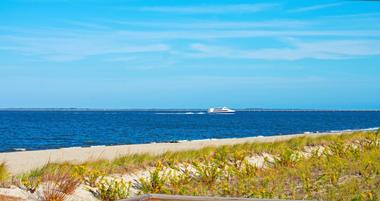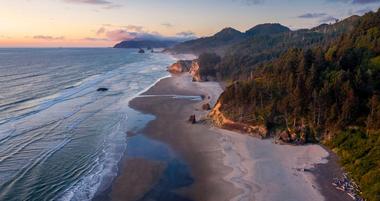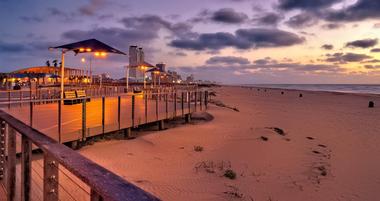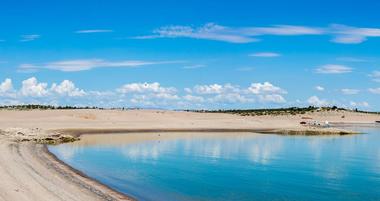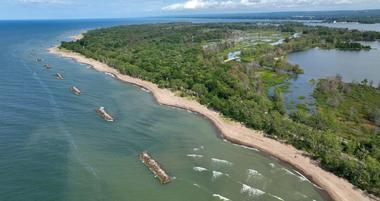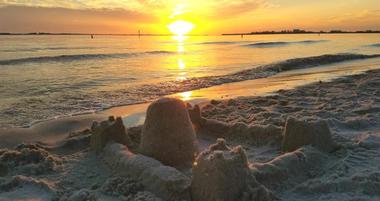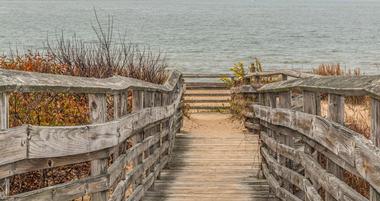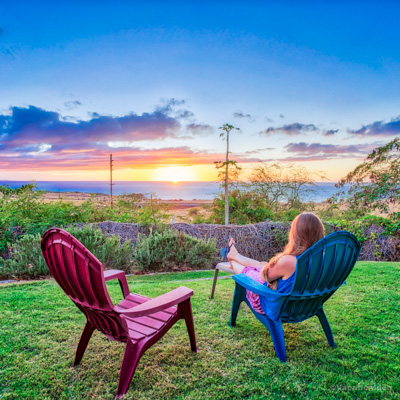Beaches
For me, the beaches in New England are some of the best in the U.S. Many are rich in rare fauna and flora that are unique to New England.
Read MoreBest Beaches in North Carolina
From the Outer Banks to the Crystal Coast and down to the southern beaches near Wilmington, the state has some of the best shoreline you’ll find anywhere on the East Coast.
Read MoreBest Beaches in California
Beaches in California are some of the most unique and unforgettable coastal escapes in the world. Stretching from rugged cliffs in the north to palm-lined shores in the south, California offers some of the best variety you can find on a single coastline.
Read MoreBest Beaches in Gloucester, MA
The beaches in Gloucester, Massachusetts are some of the most unique and charming on Cape Ann. They are some of my favorite spots for a classic New England seaside escape.
Read MoreBest Beaches in Hyannis, MA
Like many towns all around the Cape Cod area, Hyannis is home to some truly breathtaking beaches. They’re easily some of my favorite places to enjoy a classic seaside getaway in Massachusetts.
Read MoreBeaches in Plymouth, MA
Plymouth has nine public beaches in total, so you are sure to find the best for your needs. They’re some of my favorite places to enjoy a classic New England day by the sea.
Read More10 Best Ocean and Lake Beaches in Georgia
Georgia's 100-mile long shoreline, overlooking the Atlantic Ocean between South Carolina and Florida, has hundreds of magnificent beaches. I wish I could visit them all.
Read MoreBest Beaches Near New York City
From Coney Island to Orchard Beach, there’s a stretch of sandy beaches and cooling waves that reaches the entire length of Manhattan.
Read MoreBest Beaches Near Orlando, Florida
Orlando may be famous for its theme parks, but it’s also surrounded by some of the best beaches in Florida. Just a short drive away, you’ll find sandy shores, rolling waves, and the best mix of relaxation and fun.
Read MoreBest Beaches in Jacksonville, Florida
Jacksonville has more than 22 miles of the best beaches in Northeast Florida, with a unique mix of laid-back vibes, natural beauty, and local favorites that make it a standout coastal destination.
Read MoreBest Islands in the USA
The U.S. is home to some of the best islands for both relaxation and adventure, and they’ve become some of my favorite destinations for quick escapes that feel far from ordinary.
Read MoreBest Beaches in Michigan
Relaxing on the beautiful beaches of Michigan is be one of the best and most unique ways to spend your vacation (and I don't mean just summer!).
Read MoreBest Beaches in Oregon
Oregon’s coastline is home to some of the best beaches in the United States, and they’ve quickly become some of my favorite spots for adventure and relaxation.
Read MoreBest Beaches in Texas
For me, Texas beaches are some of the best and most unique destinations, underrated favorites that always make the Gulf Coast shine.
Read MoreNew Mexico Beaches
When you think of beaches, New Mexico may not come to mind first, but the state is home to some of the best lakeside beaches in the Southwest, and they’ve become some of my favorite underrated spots for warm-weather fun.
Read MoreBest Lake Erie Beaches and Islands
Whether you're looking to do some swimming, sunbathing, kayaking, kite flying, Frisbee throwing, picnic eating, or something else altogether down on the sandy shores of Lake Erie, you'll find all you need at some of Ohio's best beaches.
Read MoreBeaches in Cape Coral, FL
Some of Florida’s best beaches are found near Cape Coral. It's definitely the place to visit if you’re looking for a spectacular Floridian beach adventure.
Read MoreBest Beaches in Louisiana
Whether you want to enjoy fresh seafood by the shore, look forward to exploring wildlife-rich marshlands, or just want to relax for a weekend, here's where to go!
Read MoreBest Tropical Island Vacations
The best tropical island vacations are some of the most unique and unforgettable escapes you can take. They’re some of my favorite kinds of trips because they combine relaxation, beauty, and adventure.
Read MoreBest Beaches Near Tallahassee, Florida
Beaches near Tallahassee are some of the best-kept secrets in Florida, and they’ve quickly become some of my favorite coastal escapes.
Read MoreBest Beaches Near Williamsburg, Virginia
There’s actually a surprising amount of choice when it comes to beaches in Williamsburg, and it can be quite a challenge to decide which beach to visit on any given day. Each is the best in its own category, whether you are looking for family fun, a romantic picnic or something historic.
Read More



